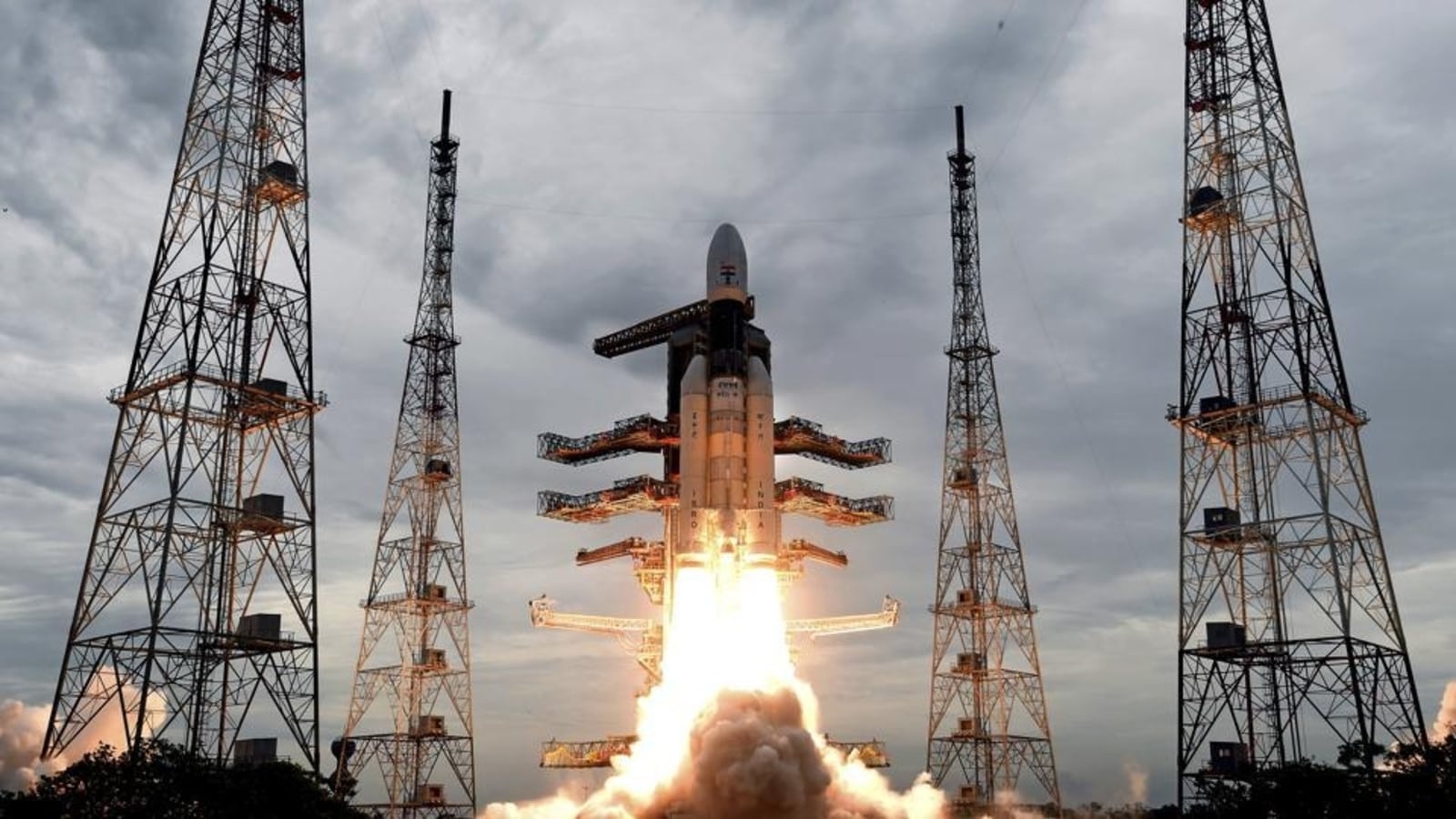The satellites onboard the Indian Space Research Organisation's (ISRO) maiden Small Satellite Launch Vehicle (SSLV) "are no longer usable" after the SSLV-D1 placed them in an elliptical orbit instead of a circular one, the space agency said on Sunday. It said a committee would analyse and make recommendations for the episode and with the implementation of those recommendations "the ISRO will come back soon with SSLV-D2. " "SSLV-D1 placed the satellites into 356 km x 76 km elliptical orbit instead of 356 km circular orbit.
Satellites are no longer usable. Issue is reasonably identified. Failure of a logic to identify a sensor failure and go for a salvage action caused the deviation," ISRO said in an update on its official Twitter handle.
It added a detailed statement by ISRO chairman S Somanath will be "uploaded soon. " Somanath earlier on Sunday said that both SSLV-D1 carrying Earth Observation Satellite (EOS-02) were injected but the "orbit achieved was less than expected which makes it unstable. " "All stages performed normal.
Both satellites were injected. But the orbit achieved was less than expected which makes it unstable," the ISRO chief said. It is not the first time the ISRO faced a setback on its launch missions.
On August 10, 1979: India’s first experimental flight of SLV-3 carrying Rohini Technology Payload could not place the satellite into its intended orbit becoming India’s first major satellite failure, Medium. com reported. On March 24, 1987: SROSS-1 failed to reach Earth’s orbit.
The 150 kg satellite carried scientific instruments and was launched onboard the first ASLV (Augmented Satellite Launch Vehicle) developmental flight. On September 20, 1993: The PSLV - dubbed as one of the trusted workhorses for the space agency - was not successful in its first flight. But after its first successful launch in October 1994, PSLV emerged as the reliable and versatile launch vehicle of India with 39 consecutively successful missions by June 2017.
July 10, 2006: India’s first attempt at a heavy communication satellite failed when launch vehicle GSLV-F02 could not complete the mission. It also has the INSAT-4C on board. August 31, 2017: The PSLV-C39 in its 41st flight failed when it was supposed to launch IRNSS-1H.
It had a normal lift-off except the heat shield separation. This resulted in the satellites being separated within the heat shield resulting in a failed mission. September 7, 2019: Chandrayaan 2 orbiter – launched in July 2019, the second ISRO mission to the Moon; the lander crashed on the lunar surface instead of gently landing and was destroyed together with the rover; the lunar orbiter’s instruments have been studying the lunar surface as well as solar emissions.
On August 12, 2021: The launch of GISAT-1, an earth observations satellite onboard GSLV Mk 2 rocket, had failed barely 350 seconds after its launch from India's spaceport. According to ISRO's initial analysis on launch day, it was caused due to "a technical anomaly in the cryogenic stage". SHARE THIS ARTICLE ON ABOUT THE AUTHOR HT News Desk Follow the latest breaking news and developments from India and around the world with Hindustan Times' newsdesk.
From politics and policies to the economy and the environment, from local issues to national events and global affairs, we've got you covered. . .
. view detail Topics isro isro for satellite launch isro isro for satellite launch Subscribe to our best newsletters HT Daily Capsule Pick a topic of your interest and subscribe All Newsletters Subscribe Subscribed to newsletter successfully Thank you for subscribing to our Daily News Capsule newsletter. Close Story Personalise your news feed.
Follow trending topics Done TRENDING TOPICS Parliament monsoon session 2022 LIVE Horoscope Today CWG 2022 Day 8 India Full Schedule RBI Repo Rate UP B. Ed Result 2022 LIVE Happy Birthday Kajol.

